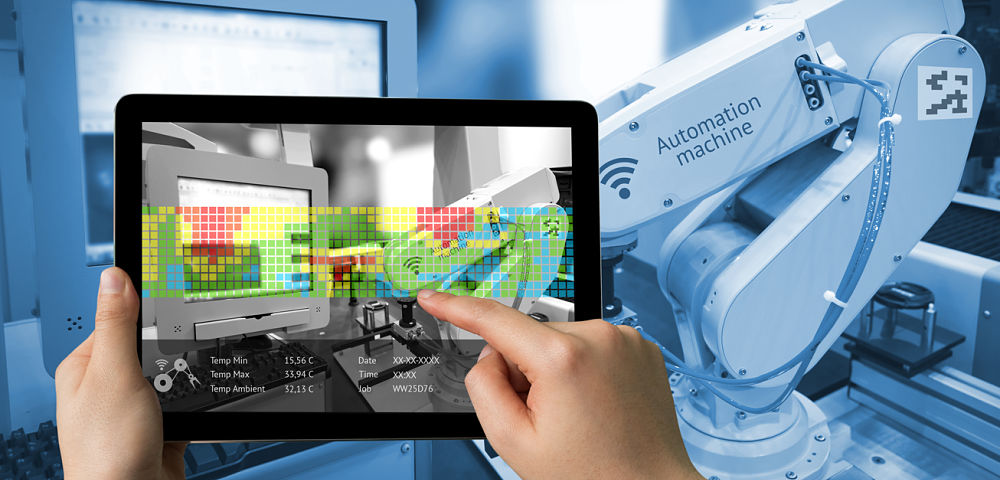Augmented Reality Market to Witness a Commendable CAGR of 65% to Reach $50bn by 2024
(AR) Augmented Reality Market size
is set to exceed USD 50 billion by 2024; according to a new research
report by Global Market Insights, Inc. The shipments are forecast to
grow at over 75% CAGR from 2017 to 2024.
AR market is expected to grow at a
significant rate, owing to the growing penetration in industrial
applications. Industries such as retail, automotive and medical are
leveraging the potential of the technology to enhance operational
efficiency. The technology helps to cut major costs such as additional
manpower. For instance, Brick and Mortar stores have adopted AR apps to
navigate & guide the shopper through the aisles to all the products.
These are used to trigger customer imagination and entice to try
products which increases the user engagement level. Several
organizations including research and development labs are investing
immensely in the technology to develop solutions for enterprise and
consumer segments. Mobile augmented reality market has witnessed high
adoption over the years across applications including gaming, media and
marketing.
Growing use of the technology in
construction and architecture is expected to drive the augmented reality
market growth. Construction companies are heavily investing in
implementing the technology for designing and modelling with advanced 3D
tools instead of working on time-consuming blueprints. This has
increased the efficiency, reduced instances of errors, and saved
resources on a construction site. For instance, Bentley Systems is using
HUDs in construction and excavation to have blueprints at the
fingertips of the workers.
Rising privacy issues due to the increasing usage of the technology is
expected to hinder the augmented reality market over the forecast
timeframe. The technology is able to reveal personal information to
strangers or a group of people that causes the privacy risks.
Furthermore, lack of technical expertise is expected to challenge the
industry growth. However, rising inclusion of the technology in academic
syllabi is expected to solve the issue in the long term.
Hardware segment in the AR market is
projected to gain considerable share, owing to growing popularity of
smart glasses. Ease-of-use and high-degree of convenience offered by
these devices is attracting consumer attention. Many companies including
Sony, Vuzix, Epson, Solos, and ODG are developing smart glasses with
sharp resolutions and high-quality specifications.
HMDs are expected to grow at a significant
rate over the forecast timespan, owing to increasing applications in
the military & defense sector. In May 2014, U.S. military announced
that the launch of ARC4, a system designed to equip the soldiers on the
battlefield. The gadget attaches to military helmets and allows
commanders to send maps and navigation information to soldier’s field of
vision. Such innovations are expected to propel the HMD demand and thus
the augmented reality market growth.
Growing penetration of the technology in
travel and tourism industry is expected to propel the augmented reality
market growth. Several applications that leverage the technology are
being developed to guide tourists in foreign countries. For instance,
google developed Word Lens, which is now a part of Google Translate. The
app translates text to user’s language when aimed at a foreign sign.
Yelp has developed Yelp Monocle, an AR feature that gives information to
the user on local establishments on pointing the smartphone at a
location.
Key players in the AR market include
Blippar, Google Inc., Microsoft Corporation, Upskill, DAQRI LLC, PTC,
Qualcomm, Magic Leap, Wikitude GmbH, Samsung Electronics Co. Ltd., Apple
Inc., Facebook Inc., HTC Corporation, and Marxent Labs, LLC. The
players in the industry are investing in R&D to develop
application-specific differentiated products. Several start-ups are
emerging in the field to cater to specific user requirements. For
instance, U.S.-based startup, Brain Power has developed AR software
suite, Empowered Brain to tackle the educational challenges of autism.




